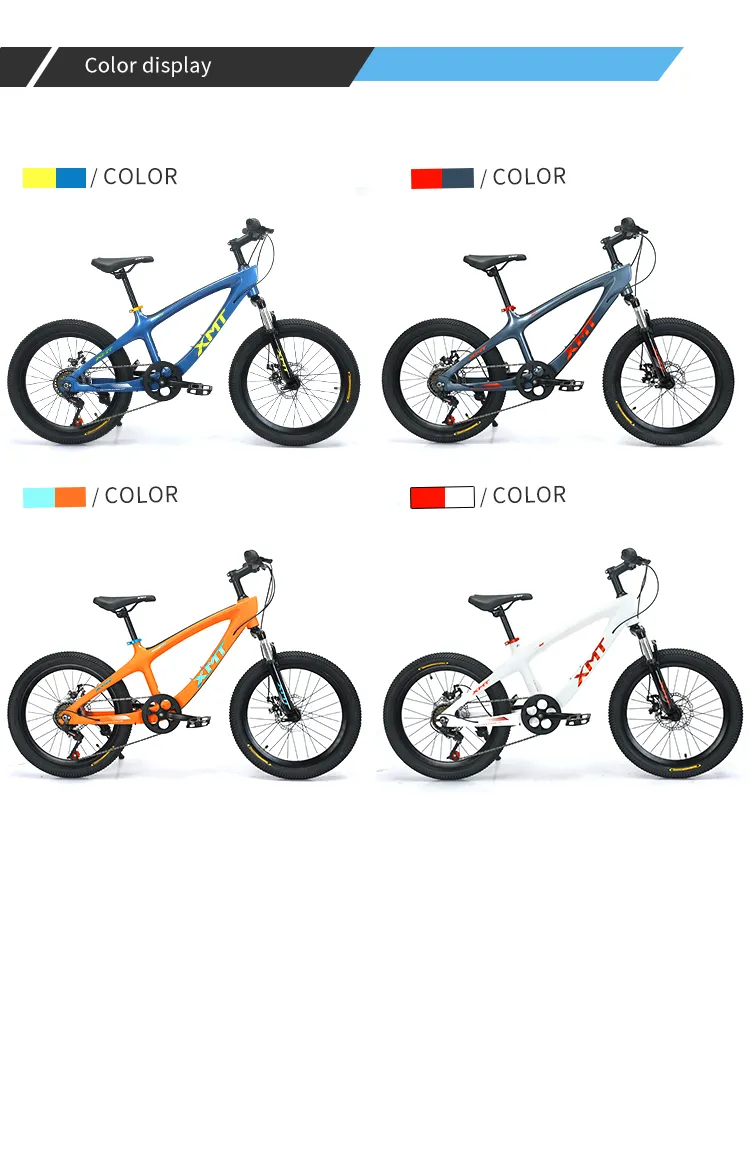
-
 Afrikaans
Afrikaans -
 Arabic
Arabic -
 Belarusian
Belarusian -
 Bengali
Bengali -
 Bulgarian
Bulgarian -
 Croatian
Croatian -
 Czech
Czech -
 Danish
Danish -
 Dutch
Dutch -
 English
English -
 Finnish
Finnish -
 French
French -
 German
German -
 Greek
Greek -
 hawaiian
hawaiian -
 Hebrew
Hebrew -
 Hindi
Hindi -
 Hungarian
Hungarian -
 Indonesian
Indonesian -
 irish
irish -
 Italian
Italian -
 Japanese
Japanese -
 Javanese
Javanese -
 kazakh
kazakh -
 Khmer
Khmer -
 Korean
Korean -
 Kyrgyz
Kyrgyz -
 Lao
Lao -
 Latin
Latin -
 Luxembourgish
Luxembourgish -
 Malay
Malay -
 Myanmar
Myanmar -
 Norwegian
Norwegian -
 Persian
Persian -
 Polish
Polish -
 Portuguese
Portuguese -
 Romanian
Romanian -
 Russian
Russian -
 Serbian
Serbian -
 Slovak
Slovak -
 Somali
Somali -
 Spanish
Spanish -
 Swedish
Swedish -
 Tagalog
Tagalog -
 Thai
Thai -
 Turkish
Turkish -
 Turkmen
Turkmen -
 Ukrainian
Ukrainian -
 Uighur
Uighur -
 Vietnamese
Vietnamese
Nov . 23, 2024 13:21 Back to list
all types of mountain bikes
All Types of Mountain Bikes A Comprehensive Overview
Mountain biking is a thrilling and adventurous sport enjoyed by many around the globe. As the popularity of this activity has grown, so has the variety of mountain bike types available on the market. Each style is designed to cater to specific terrains and riding preferences, ensuring that riders have the optimal experience. This article delves into the different types of mountain bikes and their unique features.
1. Cross-Country (XC) Bikes
Cross-country bikes are built for speed and efficiency on smooth, rolling terrain. They are lightweight, with narrow tires and a geometry that allows for a comfortable riding position. XC bikes are ideal for racing or long-distance rides, as they excel in climbing and descending gently. The suspension systems on these bikes often feature 100mm of travel or less, making them a great choice for climbers.
2. Trail Bikes
Trail bikes offer a versatile option for riders who encounter a variety of terrains. They are designed with a balanced mix of climbing and descending capabilities, featuring a sturdier frame and wider tires than XC bikes. Typically, trail bikes have 120mm to 150mm of suspension travel, making them suitable for both smooth trails and rugged terrains. Their design allows for a more aggressive riding style while still maintaining comfort, making them popular among intermediate to advanced riders.
3. All-Mountain Bikes
all types of mountain bikes

All-mountain bikes are built for those who relish challenging trails and technical descents. They boast longer suspension travel, often ranging from 140mm to 170mm, allowing for better handling on rough terrains. These bikes are heavier than trail bikes, but they offer improved stability and control, making them perfect for steep climbs and descents. They are favored by riders looking for a bike that can tackle everything from singletrack to rocky trails.
4. Enduro Bikes
Enduro bikes sit at the intersection of downhill and trail bikes, designed for competitive riders tackling enduro racing. With 150mm to 180mm of suspension travel, they can handle rough descents while still being efficient on climbs. Enduro bikes feature a slack geometry, which aids in stability during steep descents. These bikes are perfect for those who enjoy descending but also need the capability to ascend significant gradients.
5. Downhill Bikes
Downhill bikes are built explicitly for descents, designed to handle the rigors of steep, rough terrain. With long travel suspension (typically 200mm or more), these bikes are equipped to absorb larger impacts and maintain stability on descents. They are heavier and less suited for climbing, as their geometry prioritizes control and speed downhill. Downhill bikes are ideal for riders who frequent ski resorts or downhill parks.
Conclusion
Choosing the right mountain bike depends largely on your riding style and the type of terrain you plan to tackle. Each category has its strengths, and understanding these can enhance your mountain biking experience. Whether you are an aspiring racer or a casual rider, there is a mountain bike perfectly suited to meet your needs and take your adventures to the next level. Happy riding!
-
Premium Titanium Road Bike: Lightweight & Durable
NewsAug.01,2025
-
Red Black BMX Bike with GPT-4-Turbo AI Tech
NewsJul.31,2025
-
New Red Anti-theft E-Bike | Easy Ride City Commuter
NewsJul.31,2025
-
BMX 20 Inch Bikes for Freestyle & Street | Fat Tire Options Available
NewsJul.30,2025
-
322 High Quality 26 Inch 21 Speed Adult Mountain Bike OEM MTB
NewsJul.29,2025
-
Specialized Kids Mountain Bikes - Safe, Durable & Fun Riding Experience
NewsJul.29,2025

